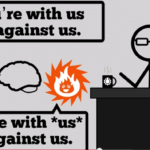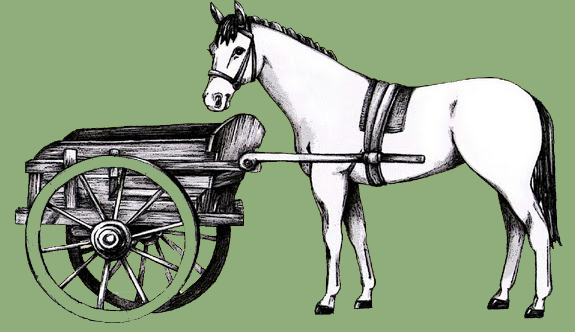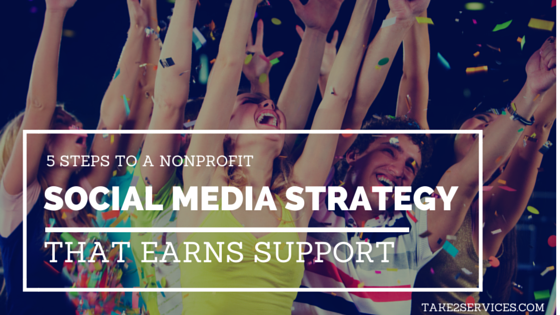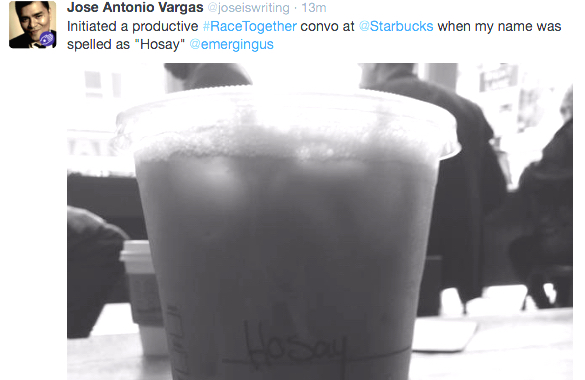
Don’t Shoot The Medium: Dialogue on Social Media
Stephanie has been railing about the pitfalls of dialogue on social media – how, rather than an exchange of ideas, online talk often seems to devolve into counterproductive mudslinging. While that certainly happens, I find myself in the unusual position of defending social media! Unusual, because typically I’m the person at TakeTwo complaining about the lack of ‘real’, human connection on social media. And because social media hardly needs me to defend it!
But, as I was thinking about Starbucks’ #RaceTogether campaign – which has many issues, that many have already noted – I came across this delightfully ironic tweet from journalist Jose Antonio Vargas. (The text reads “Initiated a productive #RaceTogether convo at @Starbucks when my name was spelled as “Hosay” @emergingus”.)
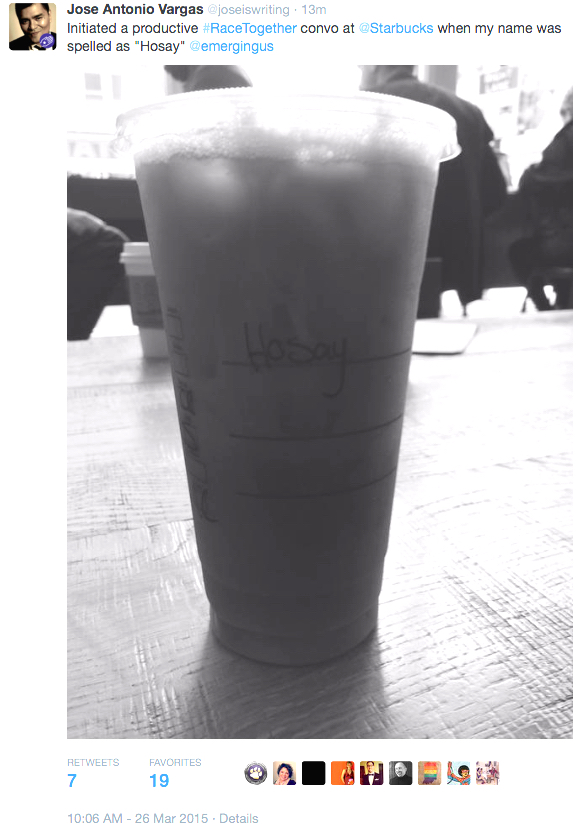 To me, this tweet is why I’m not quite willing to write off dialogue* on social media. On the one hand, the tweet shows that some people want to have a genuine, if brief, conversation about race, and for some people in some circles that’s an important start. But the operative phrase is “some people”. The #RaceTogether campaign seems to violate a basic tenet: one size doesn’t fit all. Lots of brands, companies, and even, ahem, nonprofits, think they can speak to everyone in the same way. That’s simply not possible. Genuine conversation about race (or anything else that matters) must be different depending on with whom you’re talking. This is not being disingenuous; it’s common sense. You say the same thing, but how you say it (tone, timbre, and framing) will be different if you’re talking to an 83-year old Kentuckian versus a 23-year old Brooklynite.
To me, this tweet is why I’m not quite willing to write off dialogue* on social media. On the one hand, the tweet shows that some people want to have a genuine, if brief, conversation about race, and for some people in some circles that’s an important start. But the operative phrase is “some people”. The #RaceTogether campaign seems to violate a basic tenet: one size doesn’t fit all. Lots of brands, companies, and even, ahem, nonprofits, think they can speak to everyone in the same way. That’s simply not possible. Genuine conversation about race (or anything else that matters) must be different depending on with whom you’re talking. This is not being disingenuous; it’s common sense. You say the same thing, but how you say it (tone, timbre, and framing) will be different if you’re talking to an 83-year old Kentuckian versus a 23-year old Brooklynite.
But, this tweet also suggests that Starbucks is trying to initiate a conversation on race without thinking beyond the categories of black and white (or even of black or white or mixed race people with Spanish names). I know that misspelling Jose’s name might simply be a result of a hurried barista’s shorthand. My point is, that it’s indicative of something else – that it’s not the medium in which the conversation is taking place that’s the problem. In this case, it’s who is talking. And how they are framing the conversation.
One could argue that talking about race is everyone’s responsibility (and right), and why shouldn’t a corporation talk about race? I agree. Starbucks has both the right and the responsibility to join in conversations about race. Because conversations on race have been happening forever (though certainly not enough or with enough depth and nuance in mainstream media). The issue is when Starbucks decides to lead a ‘national conversation’.
The uproar that resulted on social media isn’t because of social media; it’s because the issues of who speaks, who asks whom to speak, who is silent, etc. are issues of power. To me, the medium (though I am very aware of the dangers that anonymity wreaks in online spaces) can reflect power being questioned, shifted, disrupted. And that’s why, despite many misgivings about social media, I remain hopeful that it can be a space for ongoing and genuine conversation.

